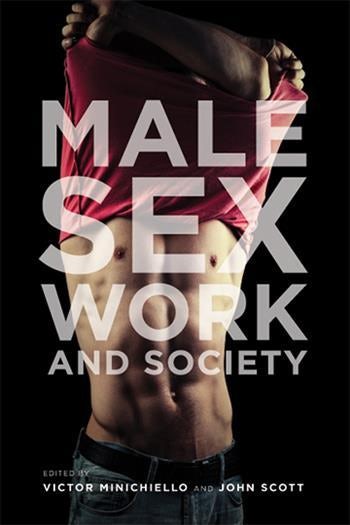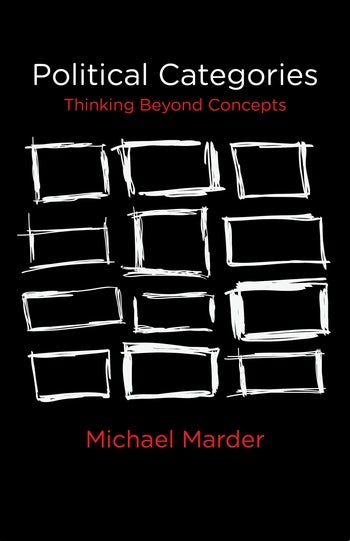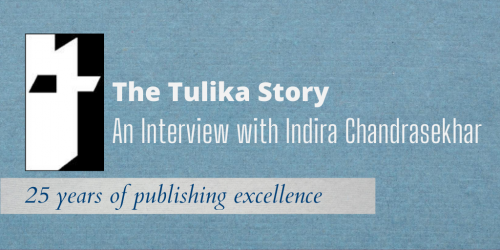Male Sex Work Throughout History
Harrington Park Press, whom we distribute, recently published Male Sex Work and Society, edited by Victor Minichiello and John Scott. The book explores male sex work from a rich array of perspectives and disciplines to provide new ways of thinking about male sex work as a field of commerce and male sex worker themselves.
Male Sex Work has received a lot of attention in the press, including an excerpt from the book on depictions of male hustlers published in The Advocate. The Huffington Post also provided the following historical facts from the book:
- For rich and titled Roman men, it was culturally acceptable to keep a “concubinus”–a slave to service them sexually before marriage.
- In mid-1600s Japan, “kabuki wakashu” male actors were often prostitutes, much sought after by male and female patrons for their beauty. It was common for Buddhist and samurai warriors to have sex with their young male apprentices, in much the same way that Greek noblemen were permitted to have a sex with the youths they were mentoring—as long as the relationship was educational, not purely sexual.
- The tradition of soldiers selling sex to gay clients dates back to the early 1700s and continued well into the twentieth century. In “barracks prostitution,” hustling soldiers frequented their own bars, worked “soldiers’ promenades,” and regularly initiated new recruits into hustling.
- Popular in America and Europe at the turn of the nineteenth century were transvestite male hustlers known as “fairies.” Some worked in all-fairy brothels and saloons, others worked in female brothels as exotic offerings for male clients, and still others worked the streets, either on their own strolls or on strips known to have a mixed menu of hustlers on display.
- In the late 1800s, London’s Cleveland Street Affair exposed a male prostitution ring run by young teenage messenger boys from the Royal Post Office. None were charged in the bust, as the court decided the boys were too young to know better.
- In 1899 New York City, hustler bars proliferated on the Bowery near Fifth Street (Little Bucks, Columbia Hall), Bleecker Street (The Slide), and West Third Street (The Golden Rule Pleasure Club, favored by transvestite hustlers).
- During the Depression, around 1932, so many men took to prostitution that the “straight-acting” hustler became the new norm on more popular strolls (also walked by down-and-out soldiers), pushing out the effeminate streetwalkers known as “fairies.”
- As homosexuals became more visible and identifiable due to gay liberation, straight or straight-acting hustlers began to fear selling sex to other men, because by doing so they’d be identified as a homosexual. Not only did they reject “self-identifying” as gay, but even gay hustlers knew they could not identify as such without turning off their gay clientele, who far preferred straight trade. The upside was that with gay liberation, gay men began buying sex from other gay men instead of straight hustlers who recoiled at the thought of being identified as gay.
Categories:Distributed PressesGender StudiesHarrington Park PressLGBTQIA studiesListiclesPride Month
Tags:Barracks ProstitutionCleveland Street AffairGay and Lesbian StudiesGay LiberationHarrington Park PressJohn ScottKabuki WakashuLGBTQ+ HistoryLLCMale Sex WorkMale Sex Work and SocietyMale Sex WorkersProstitution HistoryRoman ConcubinesTransvestite HustlersVictor Minichiello
Related Posts
1 Response
Leave a Reply Cancel reply
You must be logged in to post a comment.









This blog post is very much appreciated. Our colleagues at Columbia University Press are fantastic.
We’re very proud of our co-editors, Dr. Victor Minichiello and Dr. John Scott for this encyclopedic volume, which took three years to develop and compile. Some additonal reviews in both the academic and popular media are below.
Bill Cohen, Publisher
Harrington Park Press
http://www.Harrington Park Press.com
http://sexarchive.info/BIB/mswrev.htm
http://www.glbtrt.ala.org/reviews/male-sex-work-and-society/
http://www.ebar.com/arts/art_article.php?sec=books&article=879